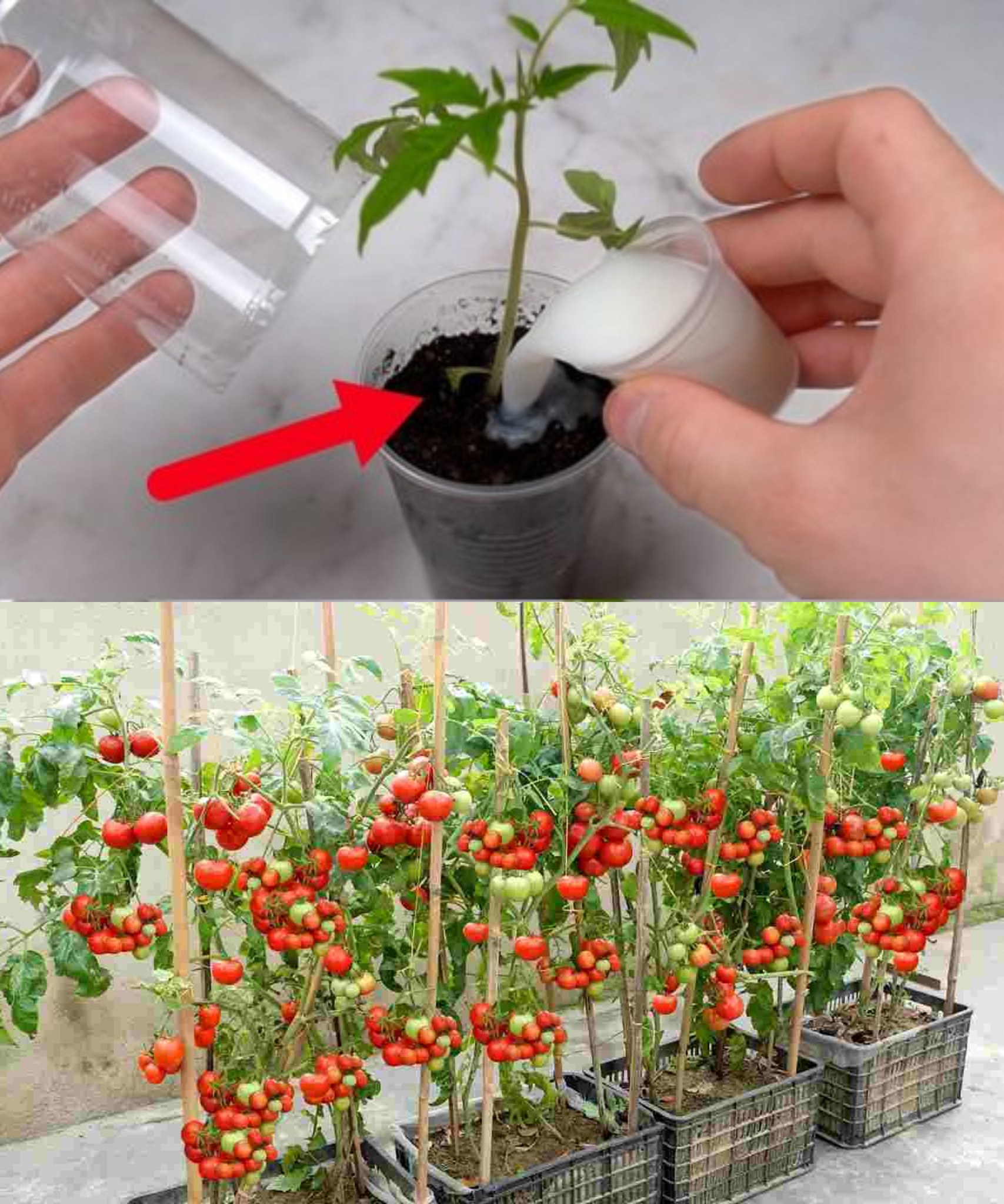ADVERTISEMENT
How to Grow Tomatoes Successfully: Tips and Tricks for a Bountiful Harvest
Growing your own tomatoes can be a rewarding experience, whether you’re an experienced gardener or just starting out. The satisfaction of harvesting homegrown tomatoes is unmatched, and they add a burst of fresh flavor to any dish. However, achieving a successful tomato harvest requires a little know-how, some patience, and the right conditions. In this article, we’ll walk you through some essential tips and tricks to help you grow tomatoes successfully and ensure a bountiful harvest!
1. Choosing the Right Tomato Variety
The first step in growing tomatoes successfully is selecting the right variety for your space and growing conditions. There are many types of tomatoes, and each has its own requirements. Consider the following options:
- Cherry and Grape Tomatoes: These small varieties are perfect for container gardening and smaller spaces. They also tend to be more disease-resistant.
- Roma Tomatoes: Great for making sauces and pastes, Roma tomatoes are known for their dense, meaty texture.
- Beefsteak Tomatoes: Large and juicy, beefsteaks are ideal for sandwiches and salads. They require more space to grow.
- Heirloom Tomatoes: These varieties are prized for their rich flavor and unique shapes. They may be more prone to disease but can yield an exceptional taste.
If you’re unsure which variety is best for you, research the growing habits and climate preferences of different types before making your decision.
For Complete Cooking STEPS Please Head On Over To Next Page Or Open button (>) and don’t forget to SHARE with your Facebook friends
2. Start with Healthy Seedlings or Seeds
You can either start your tomatoes from seeds indoors or buy seedlings from a local nursery. If you’re starting from seeds, it’s best to plant them indoors 6-8 weeks before the last expected frost in your area. Make sure to use high-quality seeds and provide plenty of light to encourage healthy growth. If you buy seedlings, choose strong, stocky plants with dark green leaves that are free of pests.
3. Plant Tomatoes in the Right Location
Tomatoes need full sun to thrive, so make sure to plant them in a spot that receives at least 6-8 hours of sunlight each day. The soil should be well-draining and rich in organic matter. If your soil is heavy clay or sandy, amend it with compost or well-rotted manure to improve its structure and nutrient content.
Tomatoes also need plenty of space to grow, so avoid overcrowding them. If planting multiple plants, space them at least 18-24 inches apart. This ensures that each plant has enough room for its roots to spread out and access nutrients.
4. Support Your Tomato Plants
Tomatoes can grow quite tall and heavy, especially if you’re growing indeterminate varieties. To prevent your plants from sprawling on the ground and becoming damaged, it’s essential to provide support. There are several ways to do this:
- Cages: Tomato cages are a popular choice. Place them around your tomato plants as they grow to help them stay upright.
- Stakes: Drive a sturdy stake into the ground near each plant and use soft ties (like garden twine) to secure the stems to the stake as they grow.
- Trellis: A trellis can be an excellent way to provide support while saving space, especially if you’re growing tomatoes vertically.
Using support systems helps improve air circulation around the plants, reducing the likelihood of disease, and keeps the fruits off the ground, minimizing the risk of rot.
5. Watering Tomatoes Properly
Tomatoes need consistent watering, especially during hot weather, but they don’t like to sit in soggy soil. Watering at the base of the plant, rather than from above, helps keep the leaves dry, reducing the risk of fungal diseases like blight.
A good rule of thumb is to water deeply once a week, allowing the soil to dry out slightly between waterings. If you’re growing tomatoes in containers, you may need to water more frequently, as pots tend to dry out faster than garden soil.
6. Fertilizing Your Tomato Plants
Tomatoes are heavy feeders, meaning they require a lot of nutrients to grow well. You can fertilize your plants with a balanced fertilizer, but once the flowers begin to form, it’s important to switch to a fertilizer with a higher phosphorus content to promote fruit development. Be careful not to over-fertilize, as this can lead to excessive leaf growth at the expense of fruit production.
For Complete Cooking STEPS Please Head On Over T
